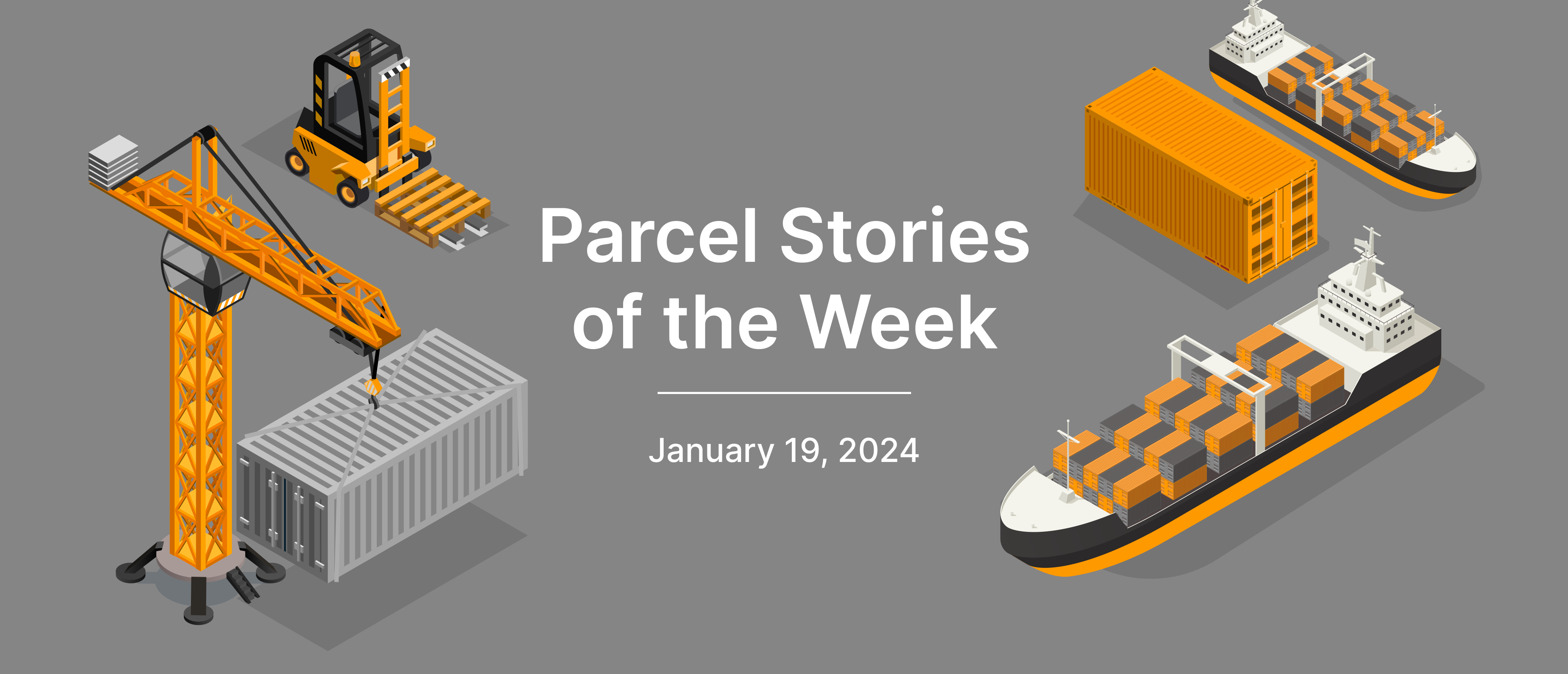This week in parcel, ocean freight rates climb amid troubles in the Red Sea, FedEx announces plans for a new ecommerce platform, and demand surcharges are still in effect.
Ocean freight rates climb due to Red Sea crisis
Ocean freight shippers are experiencing slower services and higher rates as the Red Sea crisis unfolds. Safety concerns over the Suez Canal have increased, and large container shipping firms are pausing routes or diverting their routes away from the Red Sea.
Over 250 shipping vessels have been rerouted, representing 62% of global capacity. Carriers that do continue to travel through the Suez Canal assume additional risks instead of costs.
At least one expert believes the short-term effects are greater than the long-term effects, and that the delays shippers are currently experiencing are not representative of the delays they will experience in the future.
Our take: Parcel shippers with supply chains that extend overseas should be aware of the extreme situation confronting ocean container ships moving through the Suez Canal.
Read more here.
FedEx announces plans to launch new ecommerce platform to compete with Amazon
FedEx is launching an ecommerce platform later this year, called “fdx,” that will compete with Amazon. The new platform is intended to create a “custom post-purchase experience” that will allow companies to provide more accurate information to customers.
The aim behind the new platform is to assist companies in managing their supply chain and improving their selling process and deliveries.
Since 2019, when FedEx did not renew its contract to use FedEx Express to transport Amazon cargo, it has been continually losing ground. In 2022, Amazon made more home deliveries than UPS or FedEx.
Our take: FedEx is diversifying and looking to create more customer touchpoints with this new platform. Look for both carriers to do similar things over the coming years, as the parcel market evolves and Amazon grows.
Read more here.
Remember, your carrier extended its demand surcharges
UPS and FedEx extended their demand surcharges for 2024. UPS’s most recent updates went into effect on January 14, while FedEx’s most recent update, which affected its international services, took place January 1.
Our take: These demand surcharges are additional to the GRIs that went into effect at the beginning of the year. When calculating your costs, don’t neglect the demand surcharges.
You can find FedEx’s Demand Surcharge information here, and you can find UPS’s Demand Surcharge information here.


